With the growing popularity of cryptocurrencies, non-fungible tokens (NFTs) have become an important asset class in the cryptocurrency world. They are changing the approach to art, games, and other areas. NFTs are digital certificates of authenticity for collectible items, providing owners with security and proof of ownership. This impacts the future representation of real-world objects in the virtual world. Investors are actively acquiring NFTs on the Polygon blockchain, which is a layer-2 solution for Ethereum, making it preferred among metaverses for creating, buying, and selling NFTs.
Contents:
- Basics of the Polygon Blockchain
- Creating Free NFTs on Polygon
- How to buy NFT on Polygon
- The process of selling NFT on Polygon
- NFT search in Polygon on OpenSea marketplace
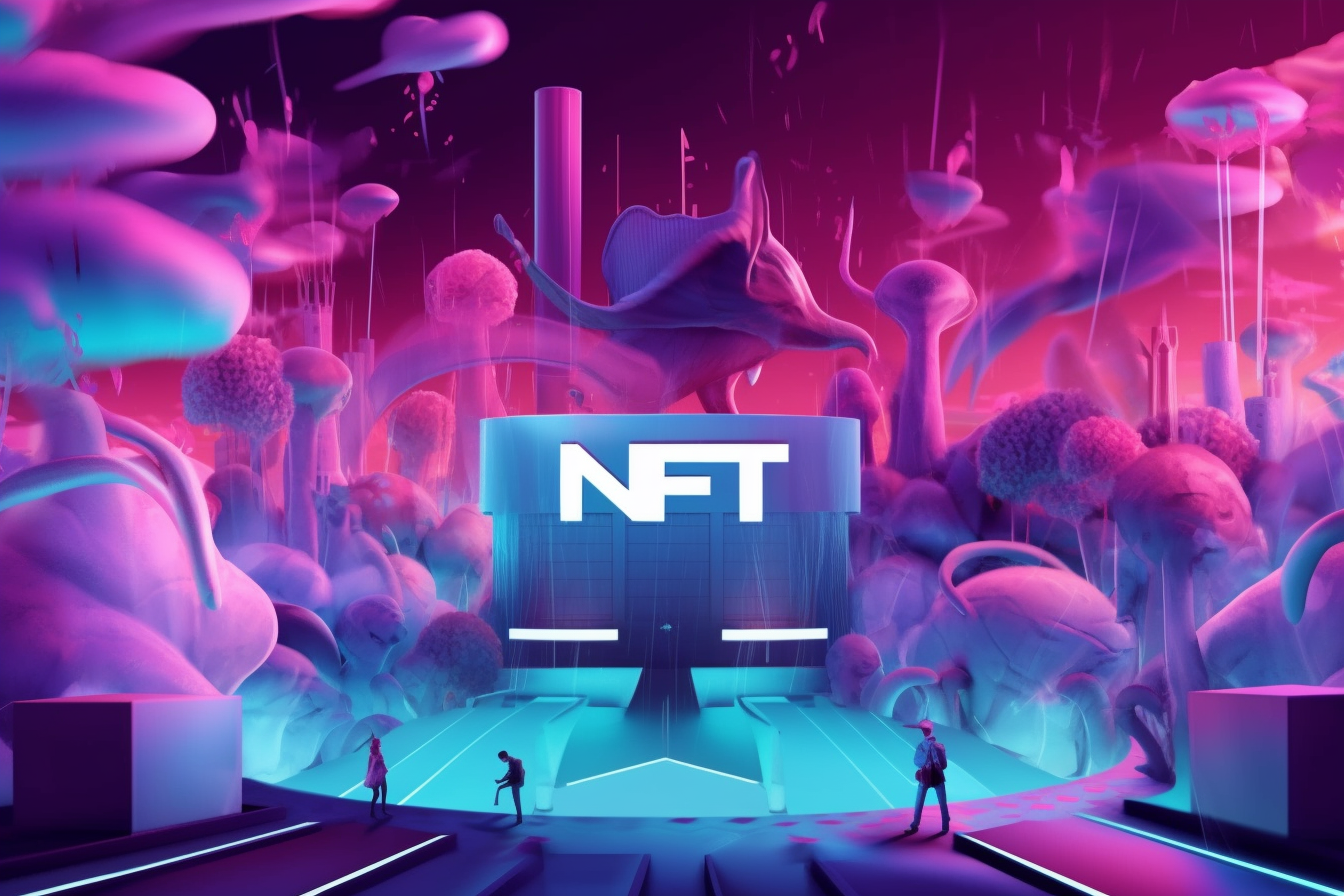
Basics of the Polygon Blockchain
The Polygon blockchain was developed to address Ethereum's scalability issues. This network functions as a parallel blockchain or sidechain, running alongside the main Ethereum blockchain, and uses the proof-of-stake (PoS) consensus mechanism to verify transactions.
In addition to providing security, interoperability, and smart contract capabilities of the Ethereum blockchain, Polygon offers significantly lower transaction fees, also known as "gas," and provides developers with much greater flexibility and scalability compared to Ethereum.
In fact, Polygon has gained recognition as a network that unites multiple Ethereum-compatible blockchains. This is largely due to its ability to deploy other blockchain networks and facilitate their interaction, making it particularly suitable for creating decentralized applications (DApps).
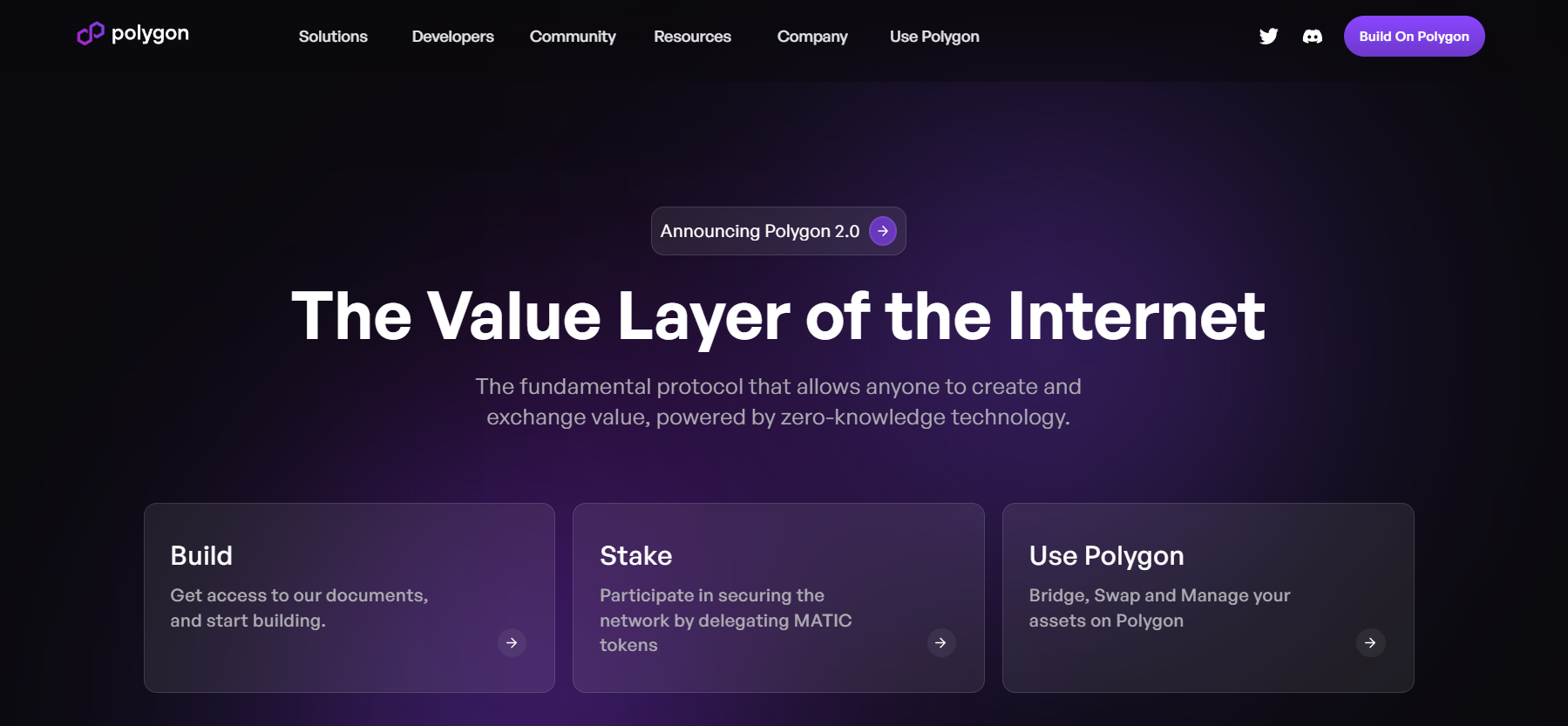
Through its user interface Finity and the Polygon Bridge infrastructure, developers have the ability not only to create DApps compatible with different networks but also to connect them to other compatible blockchain networks to transfer assets such as ERC-20 tokens and NFTs to the Polygon sidechain. As a result, many developers prefer Polygon when creating projects involving NFTs, due to its high transaction throughput and low cost. The network is also actively used for creating NFT marketplaces, allowing users to list their NFTs for a small fee.
Creating Free NFTs on Polygon
To facilitate the participation of artists and creative individuals in the world of NFTs (Non-Fungible Tokens), numerous platforms operating on the Polygon blockchain offer users the ability to create NFTs for free. For instance, NFT marketplaces like OpenSea and Rarible, based on the Polygon blockchain, employ a method called "lazy minting." This allows token creators to monetize their content without the need for upfront payment.
To create an NFT, the author must select or create a digital file that will be transformed into a unique token on the Polygon blockchain. This file could be an image, video, GIF animation, or even a musical track that becomes an immutable version on the blockchain.
When using lazy minting, the NFT creator must have a cryptocurrency wallet with sufficient Polygon (MATIC) or Ethereum (ETH) tokens to cover potential expenses.
Next, the creator chooses an NFT marketplace on the Polygon blockchain and links their cryptocurrency wallet. Then, they upload their digital file to the marketplace. In the "Create NFT" section, they should select "Free Minting" and confirm the token creation permissions granted by the marketplace. After this, the NFT will be listed for sale and available for purchase by other users.
Information about the NFT and all associated data are stored in the InterPlanetary File System (IPFS), a protocol for distributed file storage, which allows users to store and share files within its peer-to-peer network.
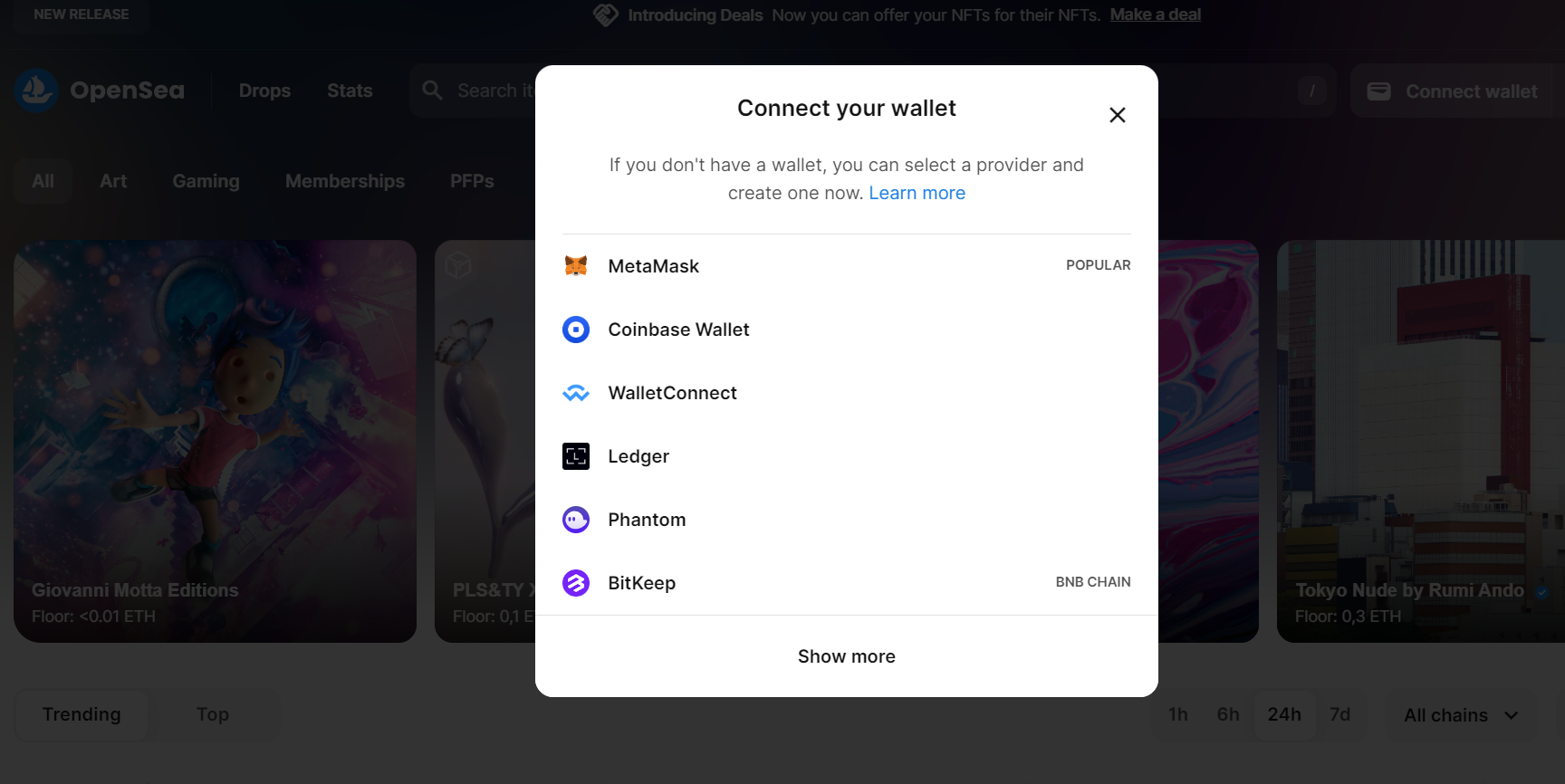
By linking their cryptocurrency wallet to the marketplace and obtaining permissions for token creation, NFT creators can be confident that their NFT will be created immediately after being acquired by a buyer, and the funds will be credited to their wallet without additional complexities.
If an NFT owner wants to take their token off the market or "burn" it, they will need to pay a gas fee before performing these actions.
How to buy NFT on Polygon
For NFT investors and enthusiasts interested in purchasing NFTs on the Polygon blockchain, the first step is to choose one of the aggregators or online NFT platforms on this blockchain network. Among the available markets on Polygon, notable platforms include:
- Floor,
- TixHive,
- NFTrade,
- Candy Shop,
- Hodl My Moon.
Popular platforms like OpenSea and Rarible also provide access to NFTs on Polygon.
Hodl My Moon and TixHive are aggregators specializing exclusively in the Polygon network. Meanwhile, other platforms support multiple blockchains, such as Ethereum, Solana, and BNB Smart Chain.
To get started, users need to link their NFT wallet on the Polygon network with the chosen platform. After that, they can begin exploring available NFT collections on Polygon. The purchasing process will vary depending on whether the NFT is listed at a fixed price or is part of an auction, as seen on the OpenSea platform.
If a user wants to buy an NFT at a fixed price, they can add the selected NFTs to their cart and proceed to pay for them all at once.
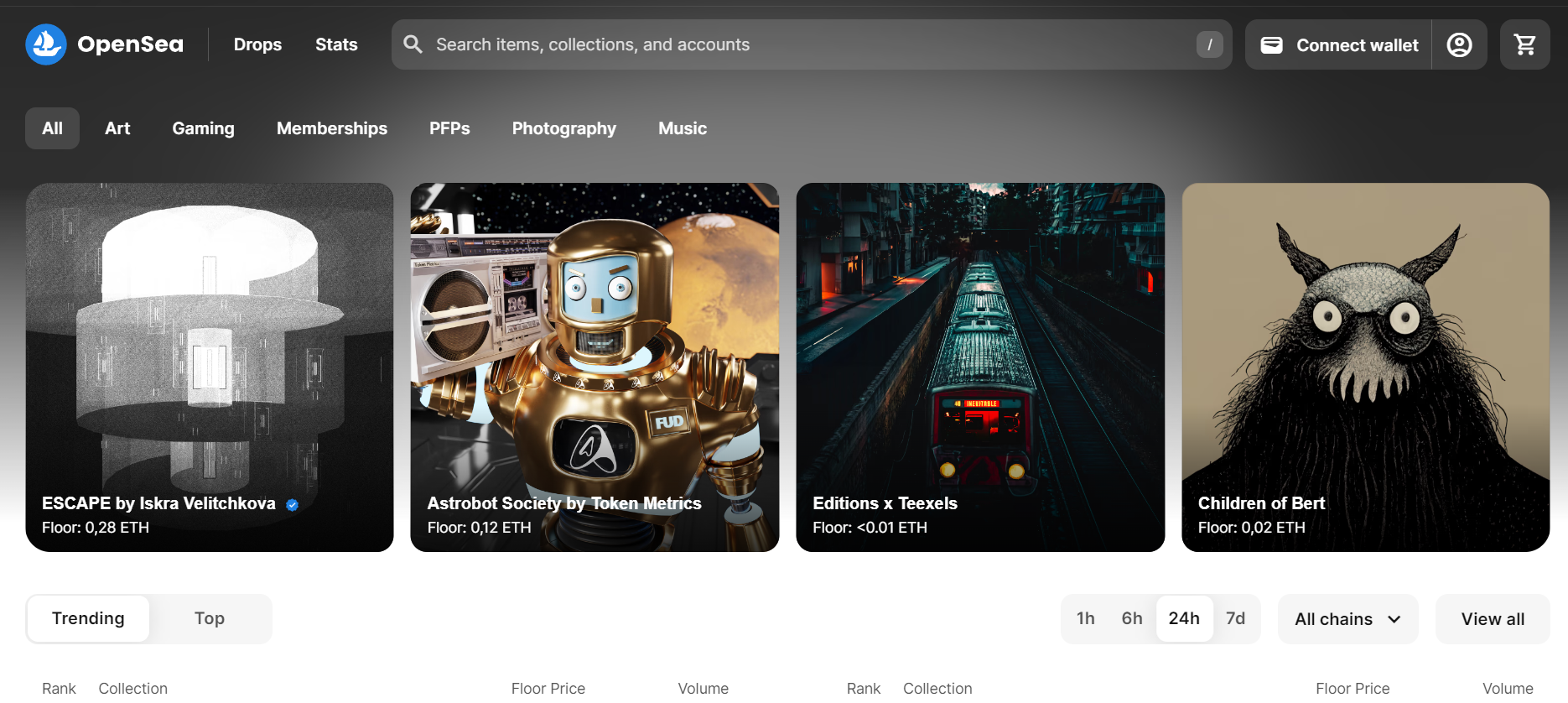
After adding NFTs to the cart, the user will proceed to checkout by selecting the appropriate option. This will lead to the wallet for transaction confirmation, and the user should switch the wallet network to the Polygon network before signing the transaction.
The type of token for purchasing NFTs at a fixed price depends on the seller's preferences. Polygon ETH (MATIC) tokens are often used on Polygon. Transferring ETH tokens to the Polygon network helps avoid high gas fees associated with Ethereum and saves on transaction costs.
For participating in auctions or making bids on NFTs, users need to lock ETH in the Wrapped Ether (wETH) smart contract. This allows placing bids without additional input from the buyer. wETH tokens appear in the user's wallet after deposit and can be used for auction bids.
Thus, buying NFTs on the Polygon blockchain through various platforms and aggregators involves steps such as linking the wallet, selecting NFTs, making payments, and, if necessary, participating in auctions through the wETH smart contract.
The process of selling NFT on Polygon
After creating an NFT, the digital collectible item becomes available in the "My Collections" section on the OpenSea platform and can subsequently be listed for sale by the NFT owner. Here is a step-by-step guide on how to sell an NFT on Polygon:
| Step | Description |
|---|---|
| Step 1 | On an NFT marketplace such as OpenSea, select the non-fungible token under the "My Collections" tab. |
| Step 2 | Click on the "Sell" option and set the selling price, preferred cryptocurrency, and review all the fees that might apply upon sale completion. |
| Step 3 | Confirm by clicking "List Item" and press "Continue" when prompted. |
| Step 4 | The user will be redirected to their connected crypto wallet and prompted to switch the wallet's network to Polygon. |
| Step 5 | After accepting the invitation, a signing request will appear to finalize the listing process once it's accepted. A confirmation message will appear indicating that the NFT has been listed. |
NFT search in Polygon on OpenSea marketplace
Despite the fact that the NFT marketplace OpenSea is built on the Ethereum blockchain, it offers users the ability to buy, sell, and trade NFTs from various blockchain platforms, including Solana, Klaytn, and Polygon.
On these multi-chain NFT platforms associated with Polygon, they will be marked with the Polygon logo in the top left corner of the image used for their identification. Additionally, there is an option to filter NFTs associated with Polygon from the list of supported blockchain platforms to only see those that operate on the Polygon network.
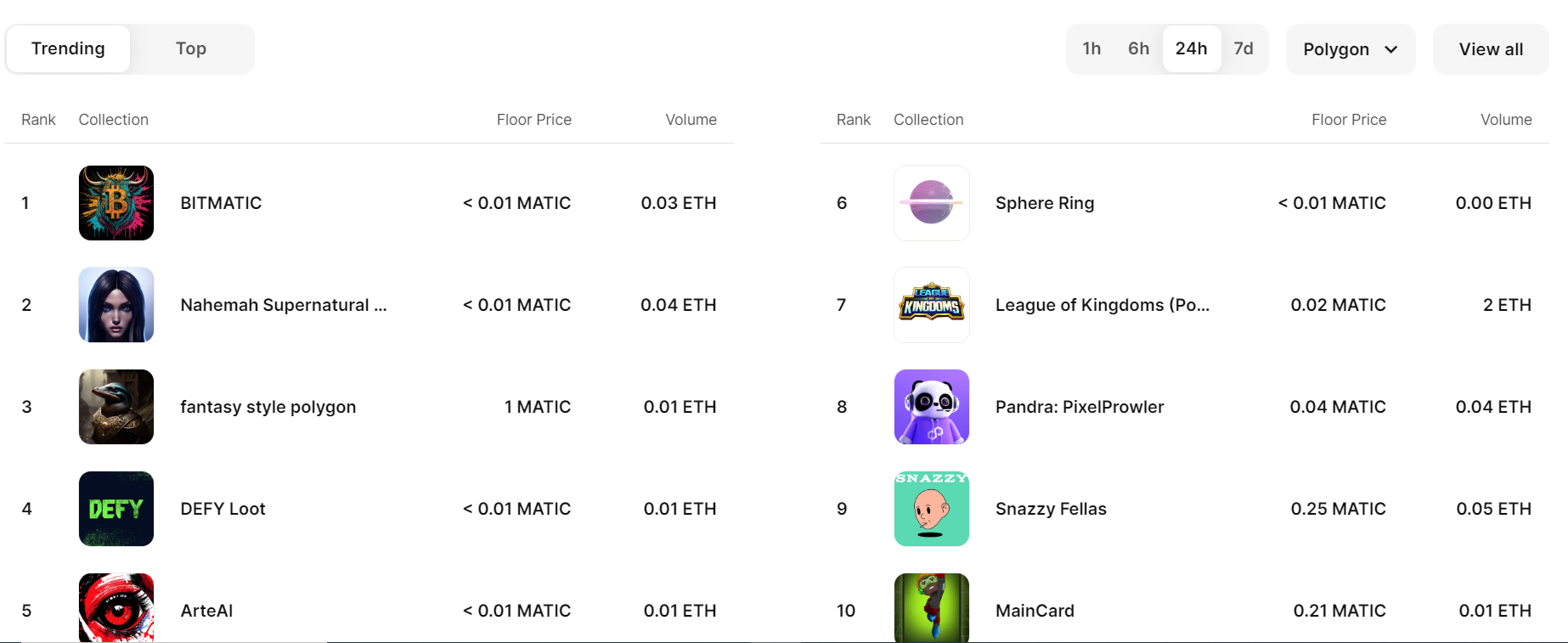
With an extensive assortment of over 43 million Polygon-associated NFTs already presented on OpenSea across various categories such as:
- art,
- collectibles,
- music,
- photography,
- sports,
- trading cards,
- utility items,
- domain names.
Users also have the ability to utilize diverse filters on the OpenSea platform to refine their future purchases.
By providing users with the choice to explore popular NFT collections or find them within a predefined price range set within their budget, the OpenSea platform offers an intuitive interface for those seeking to acquire their first NFT or enhance their existing collection.



